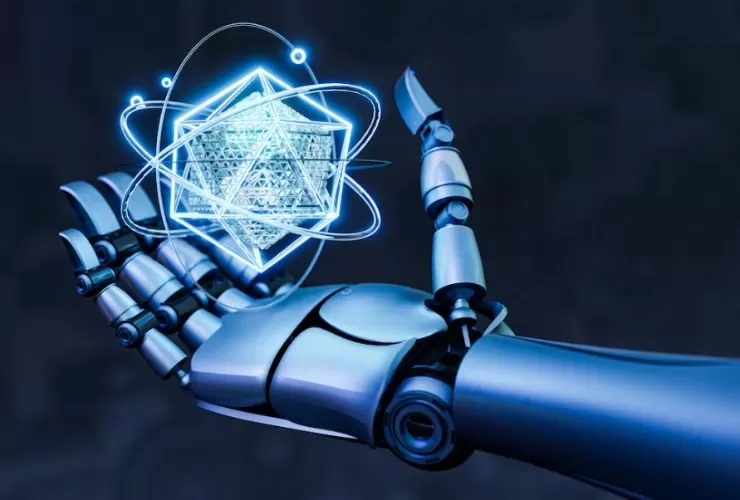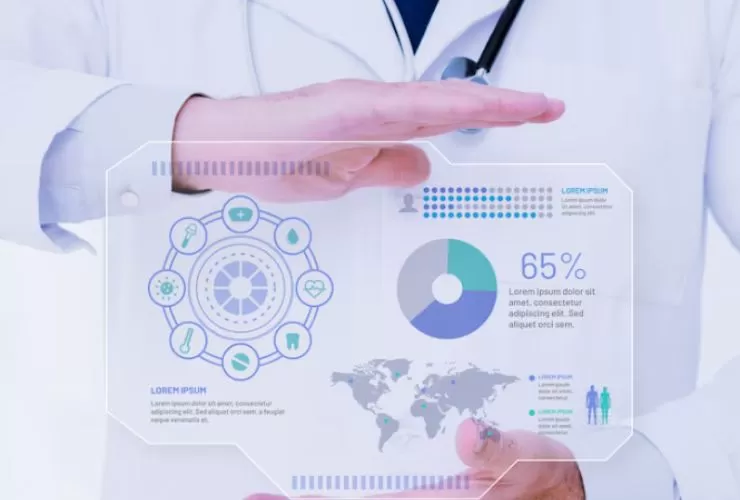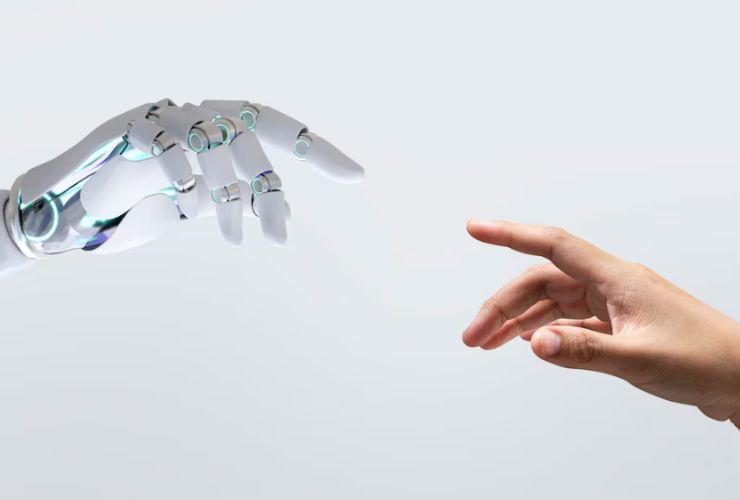During the last few years, artificial intelligence and machine learning have revolutionized most industries. First off, the IT sector is at the helm. No longer just buzzwords, these technologies are vital instruments driving innovation, enhancing efficiency, and enabling companies to remain competitive in this new world of digital reality. This blog explores how AI and ML are revolutionizing IT and rewriting the future of technology.
Understanding AI and Machine Learning
Artificial intelligence is the simulation of processes of human intelligence by machines, especially computers. The processes include learning, reasoning, problem-solving, and understanding natural language.
Machine learning is an area of artificial intelligence, which involves algorithms that enable computers to learn from data and make predictions. Unlike other programs, which have been explicitly programmed for each task, the ML models learn progressively with more data being processed.
Role of AI and Machine Learning in IT Innovation
1. Automation of Repetitive Tasks
Probably the most impactful area that AI and machine learning have made on IT is the automation of mundane and repetitive tasks. Such routine tasks as data entry, system monitoring, and even code generation can now be automated, leaving the IT professional to focus on more complex and strategic initiatives. This is not only a productivity boost but also minimizes the possibility of human error.
2. Advanced Data Analytics
With data ruling the world today, AI/ML serves as a gateway for the analysis of large quantities of data. The technologies have a knack for detecting patterns and trends beyond human discovery capabilities. Data analysis improperly can lead to poor decisions, so businesses will rely on real-time data from these technologies. It can help businesses develop far better strategies and outcomes than would otherwise be the case. Predictive analytics can determine customer behavior to customize services and products.
3. Improved Cyber Security
With advanced cyber threats, it is necessary for AI and ML to enhance aspects of the technology intended for improving cybersecurity measures. ML algorithms can analyze network traffic and user behavior with the ability to detect anomalies caused by a security breach. AI-driven systems will also be able to act in real time against such threats, which could cause minimal damage and ensure data integrity.
4. Customized User Experiences
AI and machine learning enable businesses to create personalized experiences for users. A business will look at its user behavior and preference and provide its services and recommend other products accordingly and improve its customers’ satisfaction. Personalization, therefore, improves not only the level of user engagement but also enhances customer loyalty.
5. Optimization of IT operations
AI-powered technologies can assist in optimizing quite a few IT operations involved in resource allocation, monitoring performance, and much more. Predictive analytics make it possible for an organization to predict system failure beforehand and take necessary measures even before the same comes along and affects business operations, thus minimizing downtime, enhancing efficiencies, and saving money in the process.
6. Innovation in Software Development
It uses machine learning algorithms in order to predict possible bugs, improve code quality and automate testing processes. This leads to development cycles that are faster while software products are of greater quality. In addition to that, AI-powered tools help developers write code better and faster, thus driving the development process even more.
7. Improving Customer Support
AI chatbots and virtual assistants have completely transformed customer support in the IT sector. They can provide instant responses to the query of a customer. This way, businesses can provide 24/7 support without human intervention. Moreover, these systems keep improving with experience from interaction, which makes them able to answer more complex queries and further improve customer satisfaction.
Conclusion
AI and ML are no longer futuristic ideas but have become an essential part of the IT landscape. These technologies drive innovation in the automation of tasks, enhancement of data analytics, improvement of cybersecurity, personalization of user experience, optimization of operations, and transformation of software development. The potential for innovation and growth is unlimited as more organizations embrace AI and ML.
These technologies enhance the efficiency of operations and put companies on the front line of digital transformation, making them remain competitive in this fast-changing market.













